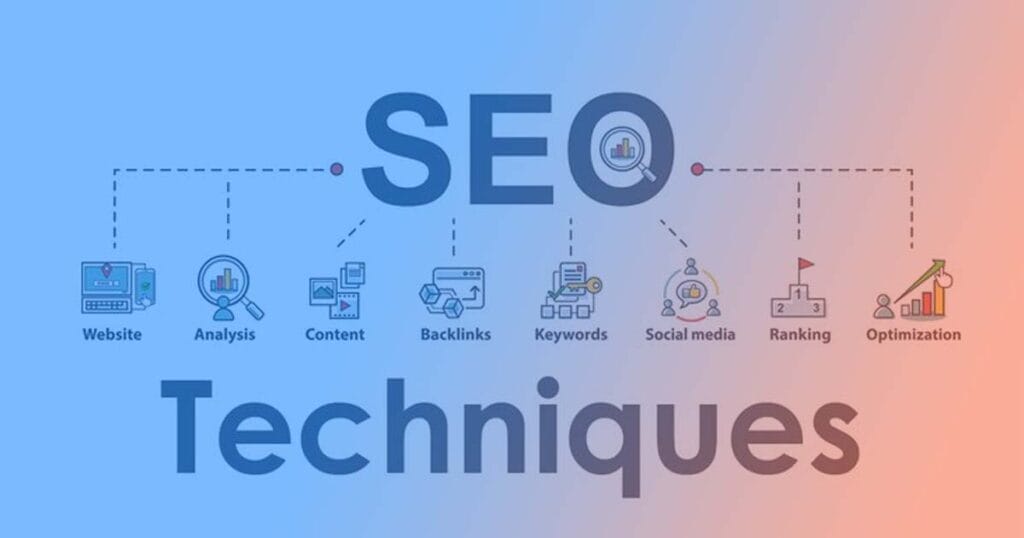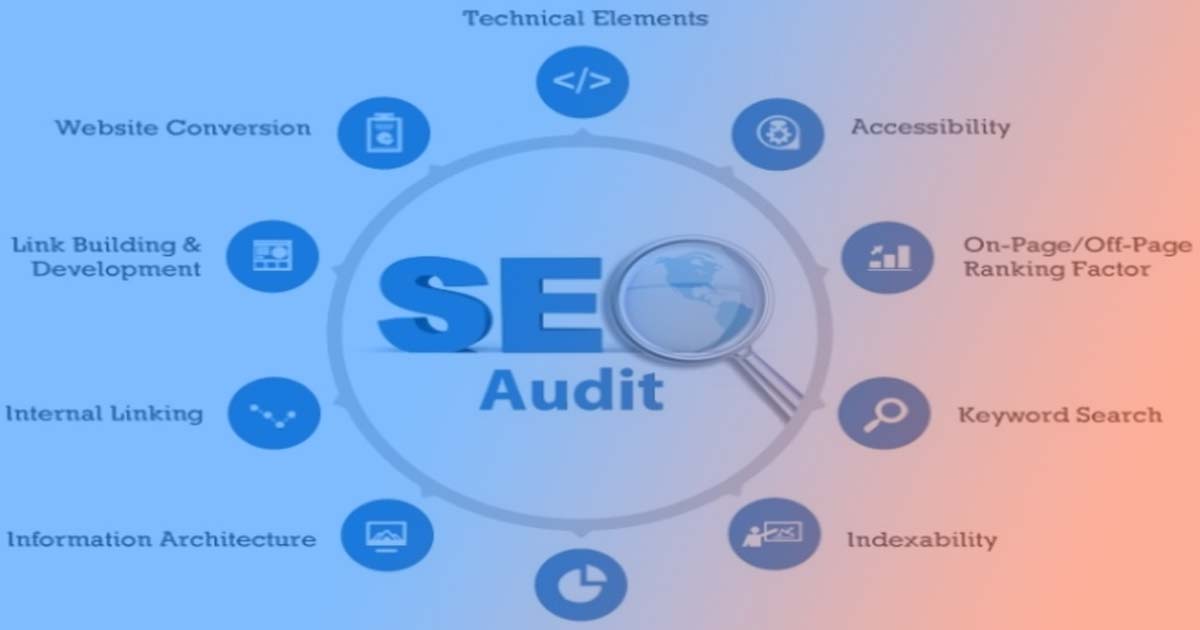Technical SEO isn’t just a buzzword; it’s the foundation of any successful digital strategy. As we head into 2025, search engines and users demand faster, smarter, and more secure websites. So, how can you ensure your site stays ahead of the curve? Let’s dive into the must-know strategies and tools to elevate your website’s performance and dominate search rankings.
Why Technical SEO Matters
Technical SEO focuses on optimizing the backend architecture of your website to enhance search engine visibility and user experience. Even the most compelling content can fail to rank without a strong technical foundation. Proper implementation drives faster load times, better mobile usability, enhanced security, and seamless crawlability, all of which are critical ranking factors in 2025.
Key Elements of Technical SEO
1. Core Web Vitals Optimization
Google’s Core Web Vitals remain a primary ranking factor, emphasizing user experience.
- Largest Contentful Paint (LCP): Aim for a loading time under 2.5 seconds.
- First Input Delay (FID): Ensure interactivity within 100 milliseconds.
- Cumulative Layout Shift (CLS): Minimize unexpected visual shifts below 0.1.
2. AI-Driven Search and Content Optimization
Artificial intelligence is growing in how search engines index and rank content.
- Leverage AI tools to analyze user intent and tailor content accordingly.
- Use AI-driven insights to optimize internal linking structures.
3. Mobile-First Indexing and Usability
As mobile usage dominates, search engines prioritize mobile-friendly sites.
- Adopt a responsive design that adapts seamlessly to all devices.
- Optimize mobile navigation with clear menus and large, clickable buttons.
- Minimize mobile page load times by compressing media and eliminating unnecessary scripts.
Advanced Techniques for Superior Website Performance
1. Enhanced Schema Markup
Incorporate advanced schema types to improve search visibility.
- Use FAQ, How-To, and Product schema to gain rich snippets in SERPs.
- Add video and image markup for multimedia content.
- Validate structured data through Google’s Rich Results Test tool.
2. Edge SEO with Server-Side Optimization
Implement server-side solutions for faster content delivery.
- Use serverless functions to preprocess requests.
- Optimize CDNs for dynamic content caching.
- Integrate headless CMS frameworks for improved scalability.
3. Crawl Budget Management
Efficiently manage how search engines crawl your website.
- Block low-value pages using robots.txt.
- Consolidate duplicate content with canonical tags.
- Monitor crawl activity via server logs to identify inefficiencies.
Staying Secure and Future-Proof
1. HTTPS and Advanced Security
Website security continues to be non-negotiable for rankings and trust.
- Use SSL certificates to maintain HTTPS.
- Implement HTTP/3 for faster and more secure connections.
- Regularly scan for vulnerabilities and patch software.
2. Environmental Sustainability
Green hosting solutions and sustainable practices are becoming ranking considerations.
- Reduce energy usage with efficient hosting providers.
- Optimize your codebase to minimize server load.
Monitoring and Continuous Improvement
In 2025, successful websites will rely on consistent monitoring and adaptability.
- Perform regular audits using Ahrefs, SEMrush, and Google Search Console.
- Analyze user behavior and adapt strategies using heatmaps and session tracking.
- Stay updated with algorithm changes to maintain competitive advantages.
Conclusion
Mastering technical SEO in 2025 demands a forward-thinking approach integrating user experience, search engine requirements, and technological advancements. Your website can secure top rankings and offer unmatched performance by focusing on speed, mobile usability, AI-driven optimization, and sustainable practices.






